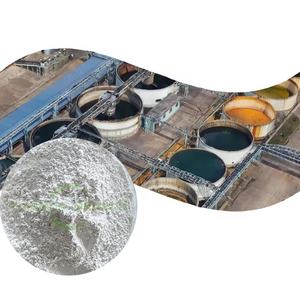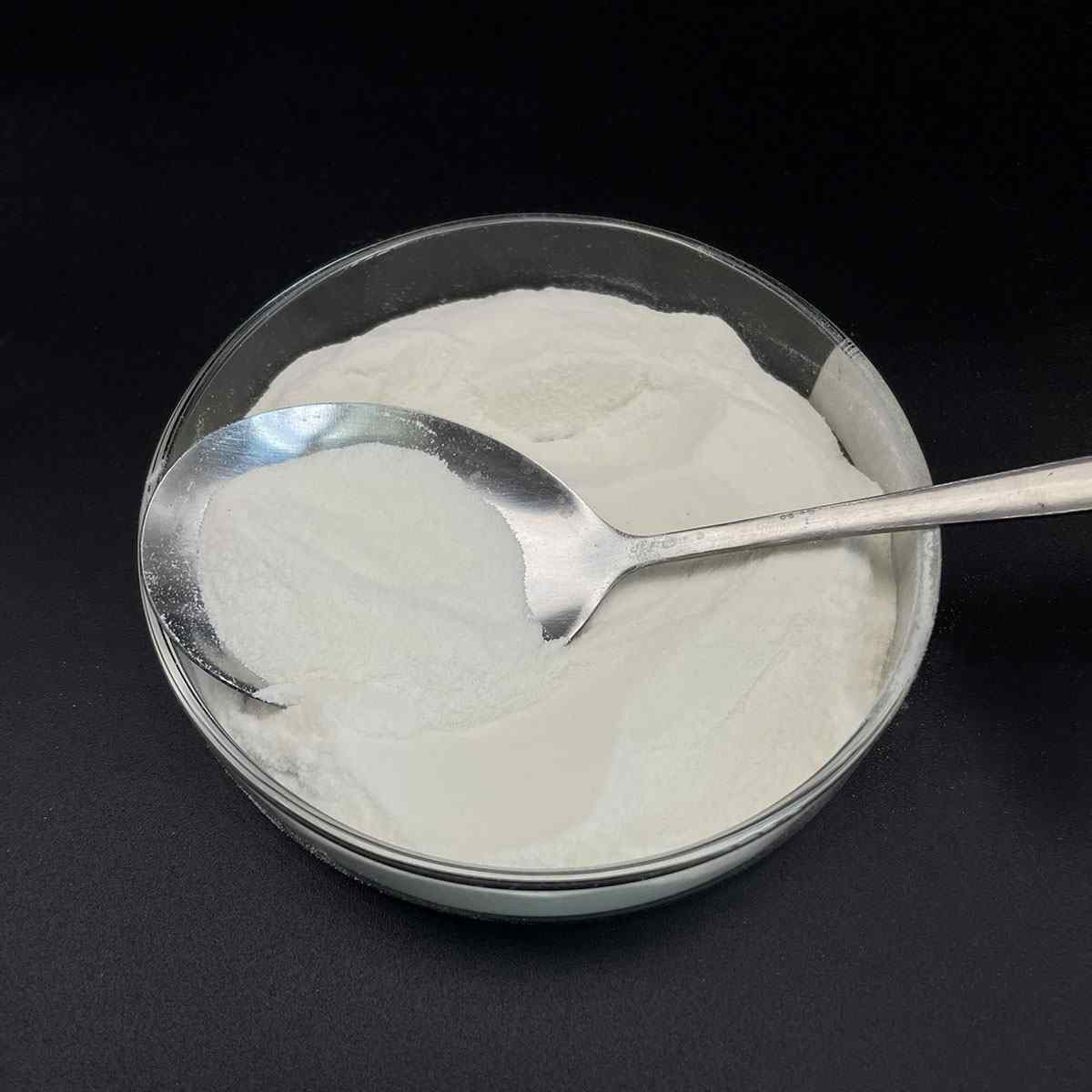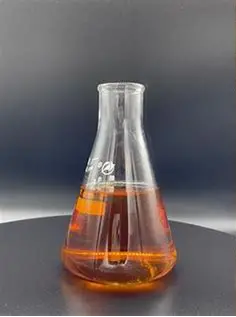1. Introduction
When you hear ‘sodium lauryl sulfate,’ your mind probably jumps to shampoo or toothpaste—but this versatile anionic surfactant has a powerful, lesser-known role in agriculture. Specifically, sodium lauryl sulfate (also known as sodium dodecyl sulfate or SLS) is increasingly used as a performance-boosting surfactant in advanced herbicide formulations. Whether you’re battling glyphosate-resistant weeds or trying to maximize droplet adhesion on waxy leaves, SLS can be the secret weapon in your tank mix.

Unlike general-purpose wetting agents, SLS offers a unique balance of low cost, high foaming (when needed), and exceptional surface tension reduction—critical for getting herbicides to stick, spread, and penetrate. Let’s dive into how this common surfactant shines in one of its most demanding niche applications: modern weed control.
2. Why Surfactants Matter in Herbicides
A surfactant—short for ‘surface-active agent’—is a molecule that reduces surface tension between liquids or between a liquid and a solid. In herbicide applications, this means helping spray droplets flatten and cling to plant surfaces instead of beading up and rolling off. Without a surfactant, many active ingredients simply can’t reach their target cells efficiently.
The meaning of surfactant in this context is practical: it’s the difference between a $50-per-acre treatment that works and one that fails. For tough weeds with waxy or hairy leaves—like lambsquarters or morning glory—a good surfactant isn’t optional; it’s essential.
3. Sodium Lauryl Sulfate as a Herbicide Adjuvant
Sodium lauryl sulfate (SLS), or natrium lauryl sulfate, is an anionic surfactant derived from lauryl alcohol (dodecyl alcohol). Its molecular structure gives it strong wetting and emulsifying power, making it ideal for breaking through the natural defenses of plant cuticles.

In herbicide tanks, SLS acts as a penetrating agent that helps active ingredients like glyphosate or 2,4-D enter plant tissues faster. Compared to sodium laureth sulfate (SLES) or sodium lauryl ether sulphate, SLS has a smaller molecular footprint and no ethoxylated chains—meaning it’s less prone to interference from hard water or soil residues.
4. Formulation Synergies: Pairing SLS with Other Surfactants
While SLS works well alone, its real power emerges in blends. Professional-grade herbicide adjuvants often combine SLS with:
- Methylated seed oil (MSO): boosts cuticle penetration and rainfastness
- Alkyl polyglucoside or decyl glucoside: non-ionic, biodegradable co-surfactants that reduce phytotoxicity
- Polysorbate 80 (also known as Span80 in some contexts): enhances solubility of oil-soluble actives
- Cocamidopropyl betaine (or coco betaine): an amphoteric surfactant that stabilizes foam and improves compatibility in mixed systems
These combinations create a multi-mechanism attack: SLS reduces surface tension, MSO dissolves waxes, and non-ionic surfactants like coco glucoside prevent leaf burn. This is especially useful when tank-mixing with cationic herbicides, where anionic cationic incompatibility must be carefully managed.
5. SLS vs. Alternatives: When to Choose What

Not all surfactants are created equal. Sodium laureth sulfate (sometimes labeled as sls sodium laureth sulfate or laureth sulphate) is milder but less effective on waxy surfaces due to its ethoxylated structure. Ammonium lauryl sulfate or ammonium dodecyl sulfate may offer similar performance but can volatilize more easily.
For bio-based or eco-conscious formulations, bio surfactants like sodium cocoyl glutamate or sodium lauroyl sarcosinate are gaining traction—but they often cost more and lack the raw wetting power of SLS. Similarly, lignin sulfonate is great as a dispersant but poor as a leaf-penetrating agent.
In contrast, SLS remains a go-to for cost-effective, high-impact performance. Suppliers like Rohit Surfactants Private Limited offer sodium lauryl sulfate for sale in both lab and industrial grades, tailored for agrochemical use.
6. Practical Tips for Using SLS in the Field
If you’re mixing your own herbicide adjuvant, here’s how to use SLS effectively:
- Typical use rate: 0.25% to 1% v/v (roughly 1–4 oz per gallon of water)
- Always pre-dilute SLS in water before adding to the tank to avoid clumping
- Avoid combining with cationic surfactants like cetyl trimethyl ammonium bromide (CTAB) unless buffered—direct anionic cationic mixing can cause precipitation
- For hard water areas, consider adding a chelating agent to protect SLS performance
Remember: SLS is not the same as sodium lauryl ether sulphate in shampoo—it lacks ethoxylation, which makes it more aggressive but also more effective on resistant weeds.
7. Safety and Environmental Notes
While SLS is biodegradable and generally safe when used as directed, it can be irritating to skin and eyes in concentrated form. Always wear PPE when handling. Environmentally, it breaks down faster than fluoro surfactants or copper 1 bromide-based systems, making it a more sustainable choice for routine use.
8. Conclusion
Sodium lauryl sulfate may be famous in your bathroom cabinet, but its real superpower lies in the field—helping farmers and landscapers win the war against stubborn weeds. By lowering surface tension, enhancing leaf coverage, and working synergistically with co-surfactants like methylated seed oil and alkyl polyglucoside, SLS proves that even common chemicals can have advanced, niche applications. Whether you’re formulating a commercial herbicide or fine-tuning your own tank mix, don’t overlook this anionic workhorse.
Our Website founded on October 17, 2012, is a high-tech enterprise committed to the research and development, production, processing, sales and technical services of ceramic relative materials such as Unlock. Our products includes but not limited to Boron Carbide Ceramic Products, Boron Nitride Ceramic Products, Silicon Carbide Ceramic Products, Silicon Nitride Ceramic Products, Zirconium Dioxide Ceramic Products, etc. If you are interested, please feel free to contact us.


